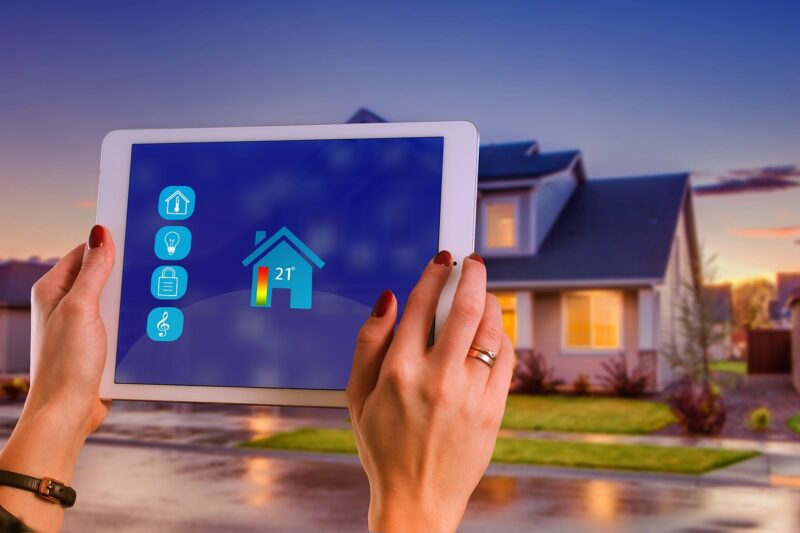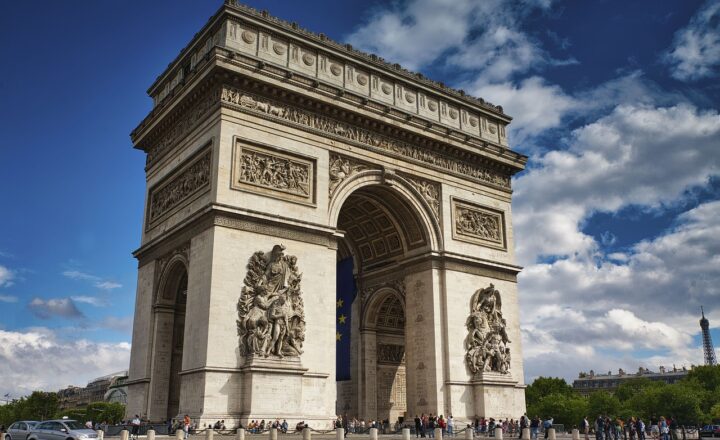
Housing has evolved tremendously over the centuries, transitioning from basic shelters to luxurious smart homes equipped with cutting-edge technology. This journey reflects not only advancements in architecture and design but also changes in societal needs, economic conditions, and technological innovations.
1. The Ancient Era: Castles and Cabins
The earliest forms of human habitation were rudimentary caves and simple structures made from readily available materials such as wood, stone, and clay. As societies advanced, so did their housing needs. The ancient era saw the rise of castles and cabins, which were built to demonstrate wealth, power, and security.
– **Castles**: Typically associated with the medieval period, castles served both as fortifications and luxurious residences for nobility. Constructed from stone and featuring high walls, moats, and towers, they were designed to protect inhabitants from invasions while offering various amenities for comfort. Notable among these were the castles in Europe, such as the Tower of London and Château de Chambord.
– **Cabins**: In contrast, cabins represented a more modest lifestyle, often built in rural areas by lower socio-economic classes. Made primarily of wood, these structures served as simple shelters, emphasizing functionality over grandeur.
As we progressed into the Renaissance, architectural styles began to diversify. New materials like brick and concrete emerged, leading to intricate designs that characterized the period.
2. The Industrial Revolution: The Birth of the Suburbs
The Industrial Revolution marked a significant shift in housing. As factories sprang up in urban areas, people flocked to cities for work, leading to a housing crisis.
– **Row Houses and Tenements**: In response, builders erected row houses, compact homes sharing walls with neighbors. These structures maximized limited land space while providing affordable housing. However, crowded conditions led to health issues, prompting reforms in housing codes.
– **Suburban Expansion**: By the late 19th and early 20th centuries, the rise of the automobile allowed people to live farther from their jobs. The suburbs emerged as a desirable option, characterized by single-family homes with gardens, green spaces, and quiet streets – a stark contrast to the hustle and bustle of city life.
Technological innovations like electric lighting and central heating further transformed the suburban home, making them more comfortable and functional.
3. The Mid-20th Century: Modernism and Efficiency
The post-World War II era brought about a significant change in housing trends, as returning veterans and their families created an unprecedented demand for homes.
– **Modernist Architecture**: Architects like Frank Lloyd Wright and Le Corbusier popularized modernism, emphasizing simplicity, functionality, and a connection to the environment. Features such as open floor plans, large windows, and minimal ornamentation reflected the modernist ideals that focused on utility and space.
– **Prefabrication**: The idea of prefabricated homes gained traction during this time, with manufacturers offering pre-cut materials that could be assembled quickly on-site. This innovation addressed the housing shortage and provided affordability.
During this period, the suburban lifestyle became the American dream, with families seeking spacious homes, yards, and communities.
4. The Late 20th Century: A Shift Towards Sustainability
As environmental awareness grew in the late 20th century, so did the push for sustainable housing solutions. The 1970s energy crisis prompted people to reconsider their reliance on traditional power sources, which in turn influenced housing designs.
– **Eco-friendly Materials**: Home builders started to incorporate sustainable materials like bamboo, recycled steel, and straw bales. These materials not only minimized environmental impact but also offered energy efficiency.
– **Green Architecture**: The development of green architecture further emphasized the need for energy efficiency. Concepts like passive solar design, rainwater harvesting, and green roofs became integral to housing designs aimed at reducing the ecological footprint.
With these advancements came the rise of eco-communities, where like-minded individuals banded together to create neighborhoods focused on sustainability and minimized environmental impact.
5. The 21st Century: Smart Homes and Technological Integration
The 21st century has brought about a radical transformation in the way we think about housing, propelled by the rapid advancement of technology. The integration of smart technology into homes has led to an unprecedented level of convenience and efficiency.
– **Smart Home Technology**: The advent of smart home devices like thermostats, security systems, and voice-activated assistants has transformed how we interact with our living spaces. Features such as remote monitoring, automated lighting, and energy management systems not only enhance comfort but also contribute to energy efficiency.
– **Sustainable Living**: Modern homes are increasingly equipped with energy-efficient appliances, solar panels, and rainwater harvesting systems, allowing homeowners to reduce their environmental footprint while enjoying lower utility bills.
– **Connected Living**: With IoT (Internet of Things), homeowners can connect multiple devices, creating a seamless living experience. This interconnectedness enables better control over living environments while ensuring security and monitoring.
As technology continues to evolve, future housing will likely see more innovations. Concepts like 3D-printed homes and fully automated residences are gaining traction and promise to redefine the essence of home.
Conclusion
From humble cabins to majestic castles and futuristic smart homes, housing has evolved significantly over the centuries. Each phase of evolution reflects changes in technology, society, and environmental consciousness. As we look ahead, it is clear that the evolution of housing will continue, driven by innovations that promise to enhance the quality of life while addressing ecological challenges. Understanding this trajectory not only helps us appreciate the past but also prepares us for the future of living.








